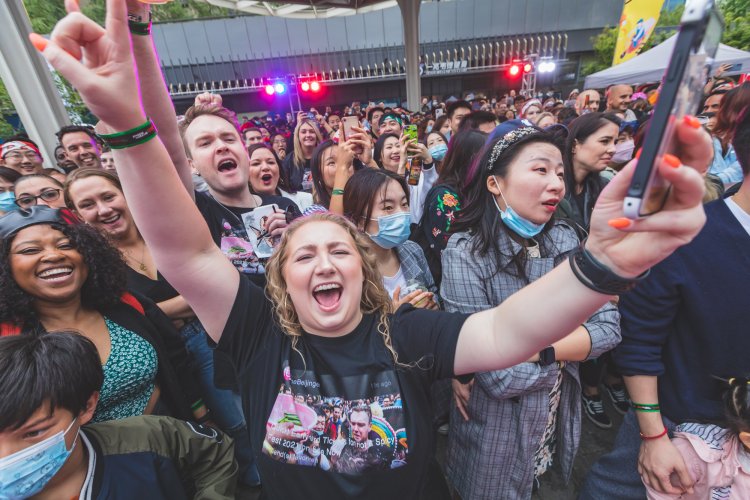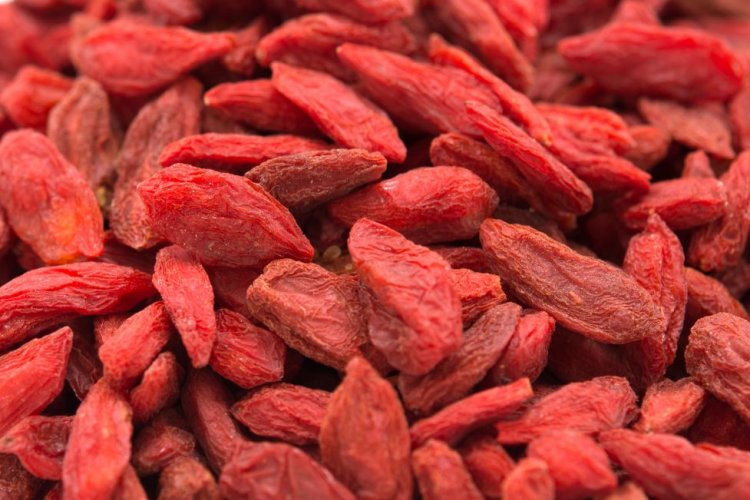Divers and Flyers: Kiting for Amateurs
For the December issue of the Beijinger, we sent our editors out to try their hand at traditional Chinese crafts. An excerpt of their experiences was featured in the magazine. The following is the full version of their story.
I stand in front of a slightly run-down siheyuan, somewhat reluctant. My contact has begged out and thus I have to venture forth into the slightly-sketchy doorway alone. I needn’t have fretted. Two hours later, my very enthusiastic teacher and his wife are urging me to keep eating more homemade zhaijiang mian.
Backspace to pre-lunch. I ask whether I can make my own kite frame, but am told that the product probably wouldn’t be air-worthy. Apparently other beginners have gone through the lengthy kite-making process only to find the results merely decorative. Just as well. I’ve never been particularly noted for my excellence in structural integrity. Instead, I am handed a kite pre-glued to a sturdy bamboo frame, ready-printed with traditional Chinese motifs: bats and goldfish, for joy and fortune.
Teacher Lü gives me ten traditional shades for Chinese painting, with red hues both warm and cool dominating the palette. Greens verge on the teal, and blues stain to a deep cobalt.
There is an art to this glorified coloring-in: I am shown a delicate method of producing subtle gradients. First, one bold stroke of color is painted, deliberately dryish in consistency. Another line, wetted slightly, is laid down next to it, and one final flourish of brush-tip creates a sunset-like fade. Easy-peasy-lemon-squeezy – or so it appears. Teacher Lü’s red-and-yellow fish scales look like they could swim off the page in their Technicolor splendour but mine resemble a failed kernel of candy corn: solid orange and somewhat off-putting.
Four scales later, life is a little less Halloween-y. Beginners, load up as little color as possible, and build up hue saturation as you go. Use the very lightest of brush-strokes, and blend darker into lighter with tiny circular motions. Try not to give up (I might have, just a bit.)
Admittedly, I did very little but paint. Calling myself a “kite-maker” is like calling a sweatshop worker Karl Lagerfeld, Jr. What differentiates this class from every other are the stories that Teacher Lü tells. He fills the gaps in instruction with tales of dynasties past, kite lore and of the cultural significance of kites. The workroom is littered with kites large and small, and with mementoes of his travels as a cultural ambassador. Come with a ready ear for Chinese. You’ll leave richer in knowledge, and with a technicolor dreamkite of your very own.
Price and venue: RMB 150/three-hour session, Tiezhi Lü (yitianweizhi@yahoo.com.cn)
The rewards of persevering: Painting one kite, with guidance, will take about one session. Commit to long-term studying (a year or so) and the teacher will show you how to build one from scratch.
Click here to see the December issue of the Beijinger in full.
Photos: Judy Zhou






